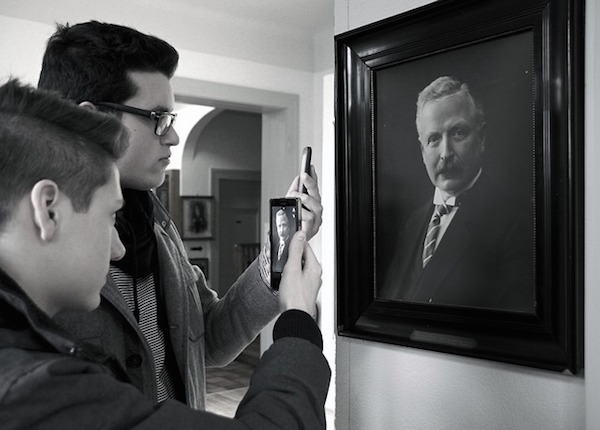People of all ages have become accustomed to staring at a computer screen for hours, find comfort in the vibration of our phones nestled in our pockets, and feel awkward without the presence of music. We often suffer from anxiety when stripped from these comforts, left in silence and isolation, which many people used to appreciate. Museums provide this sense of escape from our culture’s value of distraction, which millennials – particularly the younger ones – are unaccustomed to. So you’re probably asking yourself the same question you’ve been asking for the last few years: How can museums reach millennials?
Museums need to find ways to adapt to their younger audience to remove the stereotype of museums as quiet, non-engaging entities designed for older couples and little kids. A few museums are starting to travel down this route, but many need to up their game. Here are a few tips to get started:
- Capitalize on Cultural Experiences. Millennials would rather spend their money on experiences, particularly travel, than on tangible purchases. When marketing to them, try to associate museum-going with those ideals, making a visit equivalent to a cultural excursion.
- Use Social the Right Way. In a recent survey, many millennials preferred going on Instagram and Pinterest to view art rather than visit museums. Although art’s platform is shifting, millennials still have an appreciation for it, and online purchases of art have risen over the past few years. That means it’s important not only to join the conversation on social media, but to own it. Use Instagram and other social platforms not just to show pictures of your exhibits but to engage your audience in new ways and let them know they are getting something more by coming for a visit. Once they’ve in the museum, keep them engaged by inviting them to take selfies with a piece of artwork or find another ways to make the exhibit interactive.
- Start Using Beacons. Some museums have implemented beacons, a Bluetooth technology that allows museum visitors to download an app that can track where they are in the exhibit. The app will pull up more information about the work the person is viewing and allows people to post about a work to social media. Beacons have proven to be highly successful for museums like the Neue Galerie in New York.
- Educate Their Kids. While this post talks mainly about younger millennials, older millennials, while equally engrossed in the distractions of today’s society, have families. And they place a high emphasis on attractions that educate over those with no educational elements. It’s important to show them what their kids will gain educationally from your attraction – in your marketing, all throughout their visit, and even after they’ve left.
It isn’t necessarily that millennials don’t want to go to museums, but rather, they don’t feel that they are the targeted audience. Museums need to appeal to their values of travel and experience-building as well as find a balance between silent, static exhibits and society’s emphasis on filling those silences. The museums that do this well are already way ahead of the curve. What ways have you been exploring on- and off-line engagement with your millennial prospects? What new ways are you using technology that you haven’t before? Tell us in the comments section.
